Sai Wan Memories: Stories Of Hong Kong’s Second Oldest Public Housing Estate

Five 10-storey-high blocks built into a rocky hillside, packed with 640 units, which are currently home to over 2,000 people. Welcome to Sai Wan Estate in Kennedy Town, Hong Kong’s second oldest surviving public housing estate. Completed in 1958, Sai Wan Estate is a living memory of the city’s first big housing crisis. Thousands of people moved here over the years, escaping poverty and even fleeing war, unrest and natural disasters. Many never left.
But those are just numbers. Who exactly are the people living here, in this micro-cosmos of post-war Hong Kong? And what was, and is, life in Sai Wan Estate like? We decided to head to Kennedy Town to get to know some of its long-time residents and listen to their stories, before they are lost forever. What we found is a place of resilience and grit, where the community spirit thrives, brimming with vivid memories. Follow us inside and have a listen yourself.
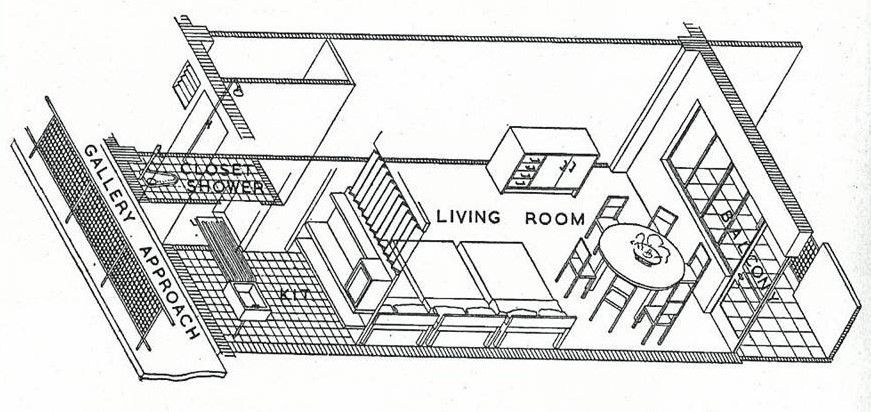
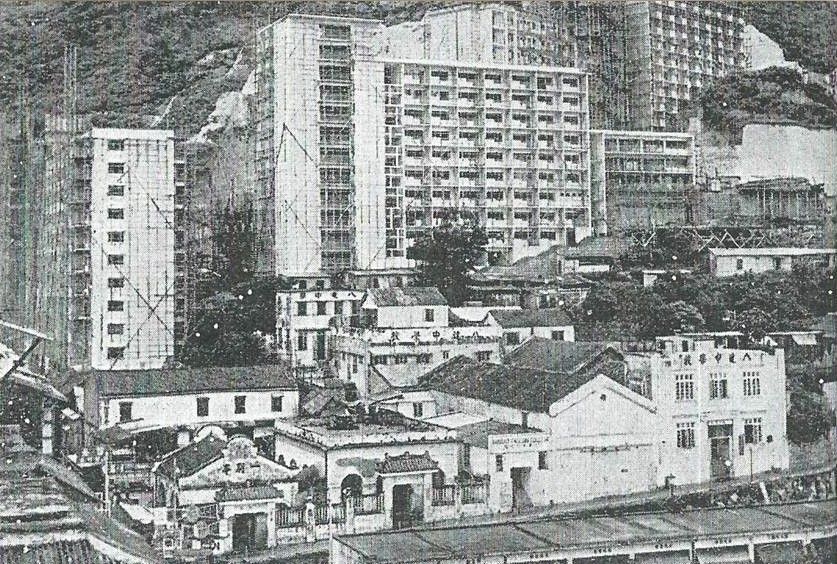
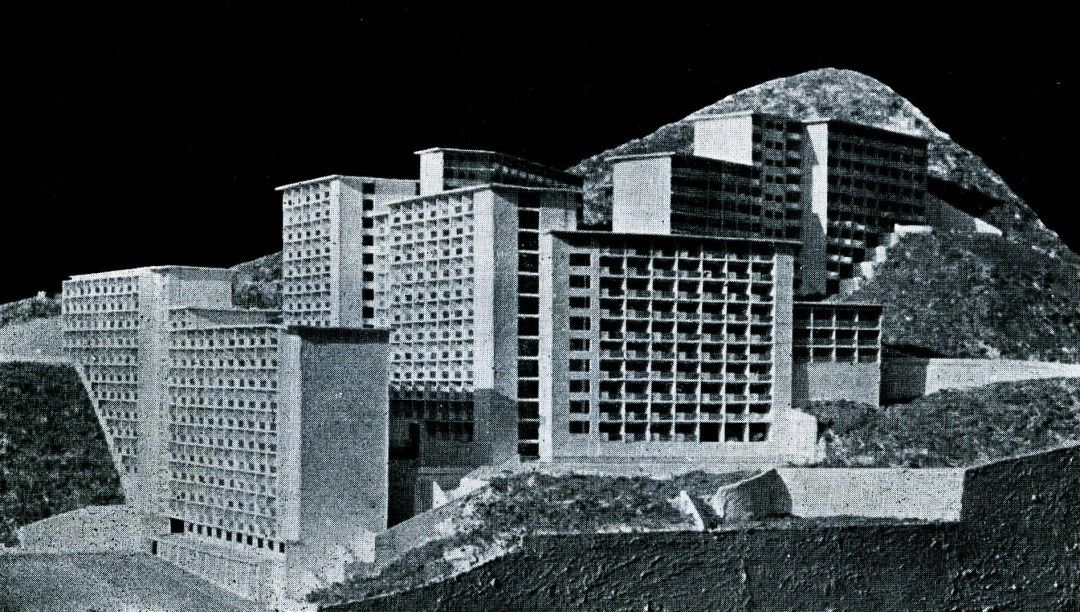

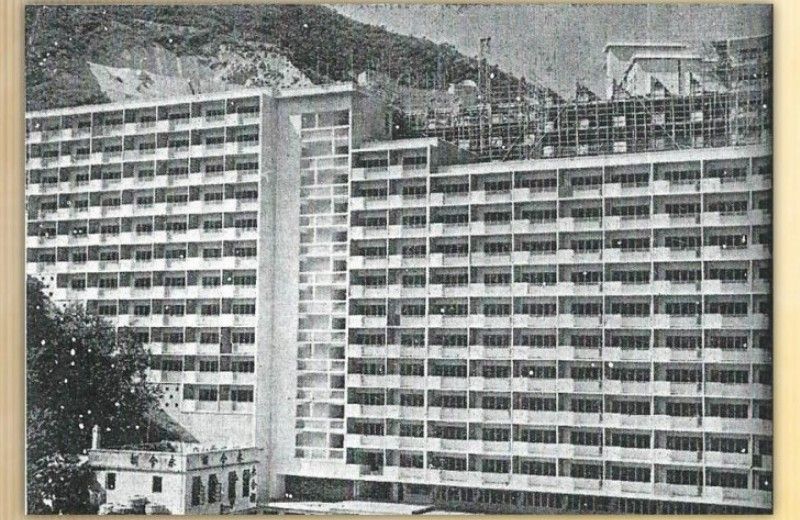
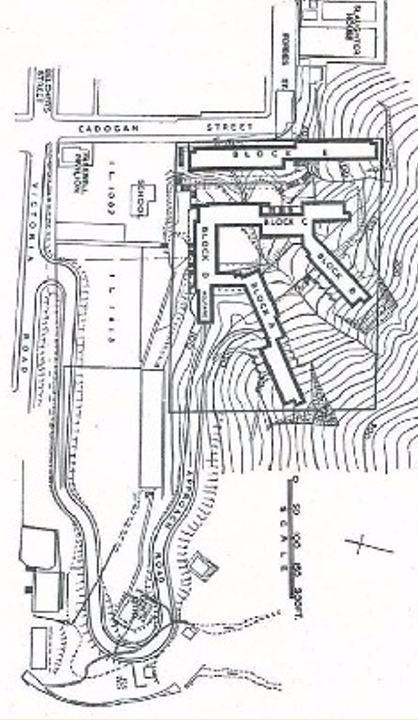
“I was fortunate to be out that day,” recalls Uncle Lam. “I saw a stream of milky water coming down the path when I left home. This turned out to be a toxic substance that leaked out from the caves during the heavy rain. The water caused my home to collapse.” Uncle is talking about the 1994 Kwun Lung Lau landslide in Kennedy Town, that destroyed hundreds of homes and killed five people. Together with many of his neighbours, Uncle Lam was moved to Sai Wan Estate.
Entering Uncle Lam’s home is like stepping into a scholar’s library: his small flat is filled floor-to-ceiling with books on virtually every single topic: from history and philosophy, to medicine and astrology. A well-read man, Uncle Lam comfortably jumps between topics - from therapeutic diet therapy to the art of writing fiction - and speckles jokes throughout the conversation. He volunteers at the Sai Wan Estate’s library and is also the neighbourhood’s go-to person for calligraphy. In the weeks leading up to Chinese New Year, he’s a busy man.
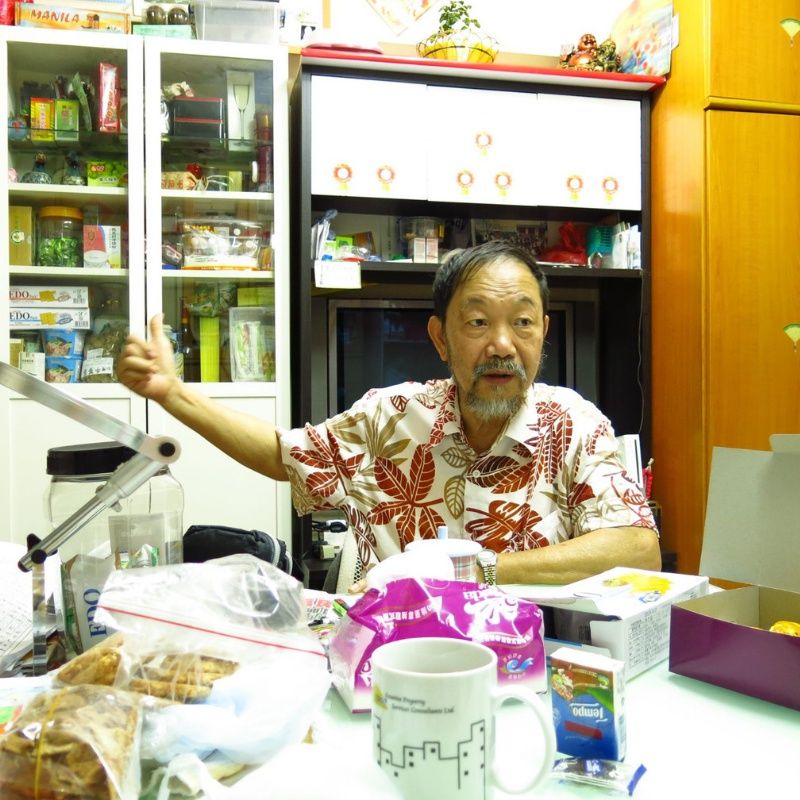
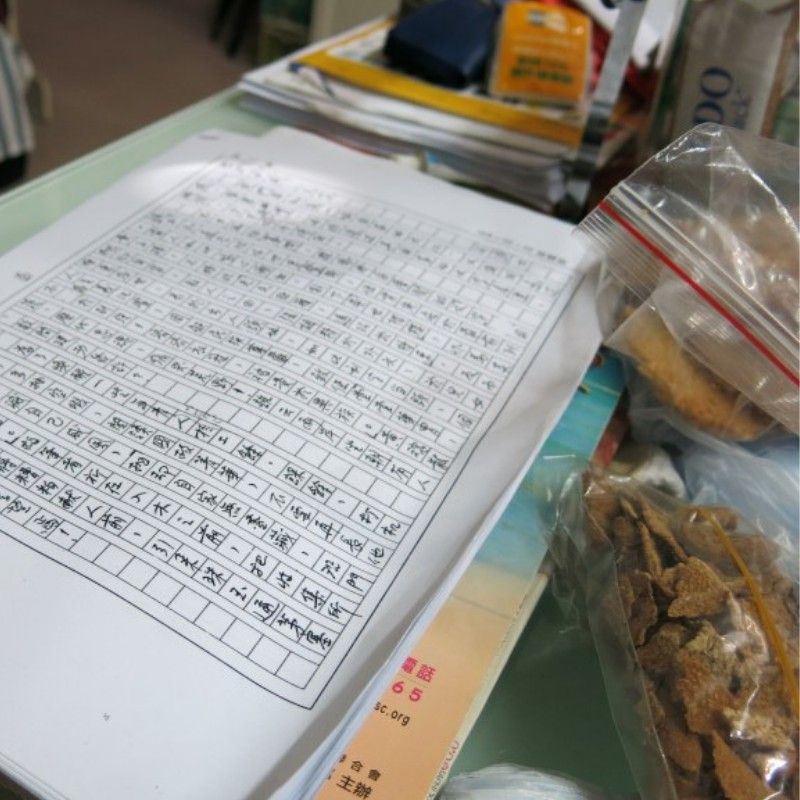
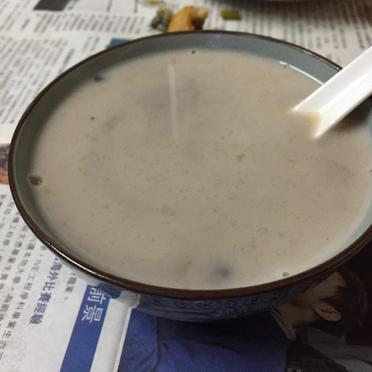
Another famous resident is Auntie Chung, who is known for her home-cooked Chinese sweet soups with bean curd sheets and lily bulbs. It’s rich in flavour, and smooth and silky in texture. Even though it takes her hours to cook the soup, she is happy to share it with her neighbours without asking for anything in return. Auntie Chung’s generosity is rooted in a life filled with hard work and challenges, such as her husband getting gravely ill. “I had to go to the hospital ten times a day, and take care of the kids. It was like working two jobs at the same time: one during the day and one during the night. I felt like I was living two lives.”
The entire Sai Wan Estate is like one big family, everyone keeps their door open.
“There’s a saying in Chinese, ‘Neighbours close by are better than families far away’,” says Mrs Wong, a retired switchboard operator at a big hotel. Mrs Wong grew up in Hong Kong during the Second World War. Of that time, she recalls, “There could be a bomb explosion right at your door while having dinner. You could lose your life at any time!” She has been living in Sai Wan Estate since its early days, and fondly remembers how everyone has always helped each other out in times of need. “If someone was sick, we brought them congee or noodles. And we’d look after each other’s children”.
“The entire Sai Wan Estate is like one big family, everyone keeps their door open. I help others to water their plants,” says Mr Liu, echoing Mrs Wong’s sentiment. He has been living in Sai Wan Estate with his wife, Moon Jeh, since the 1960s. We meet the couple in their beloved garden, an open space right outside of their flat, where they grow chilli, herbs, hibiscus and cactus, to name but a few.
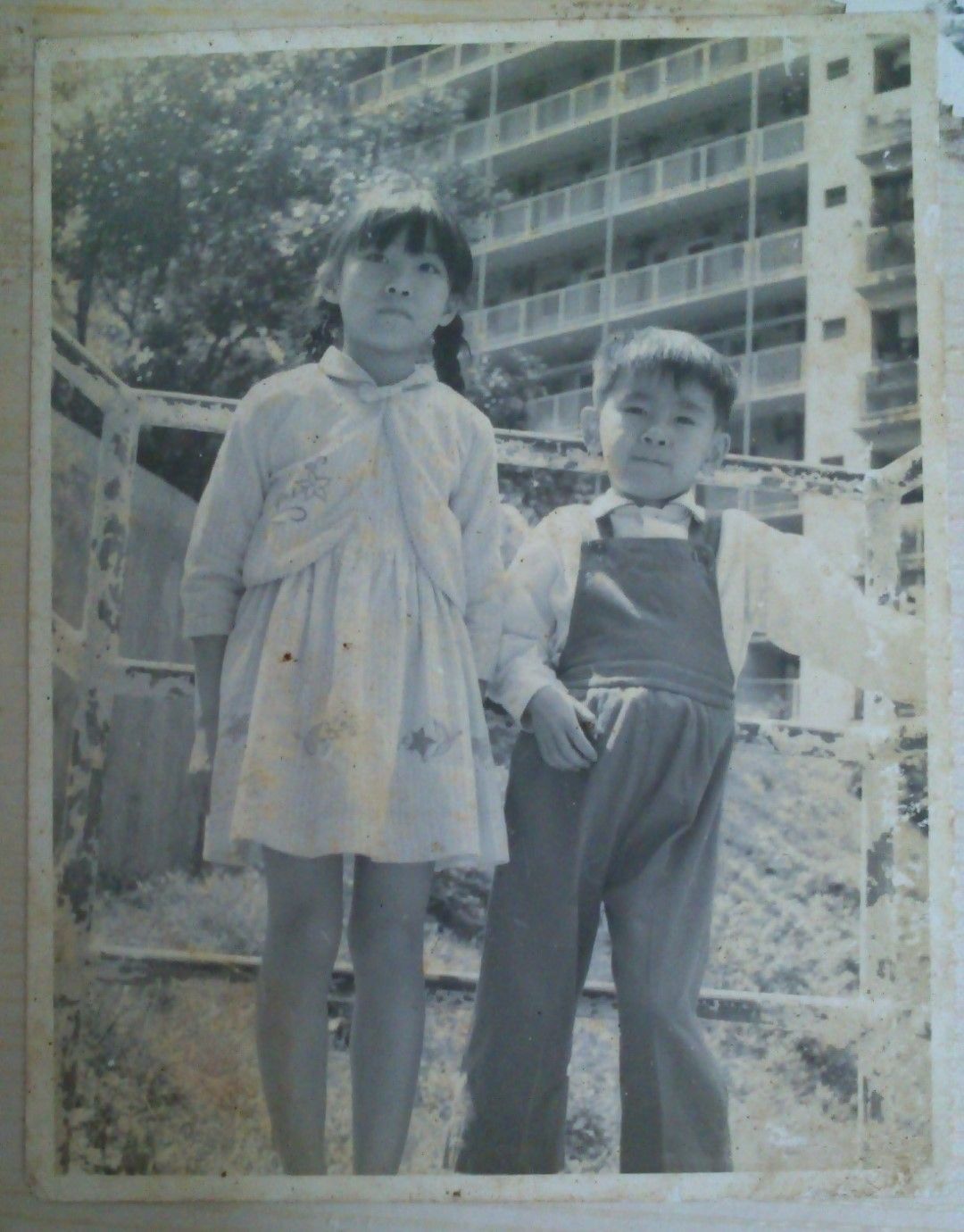
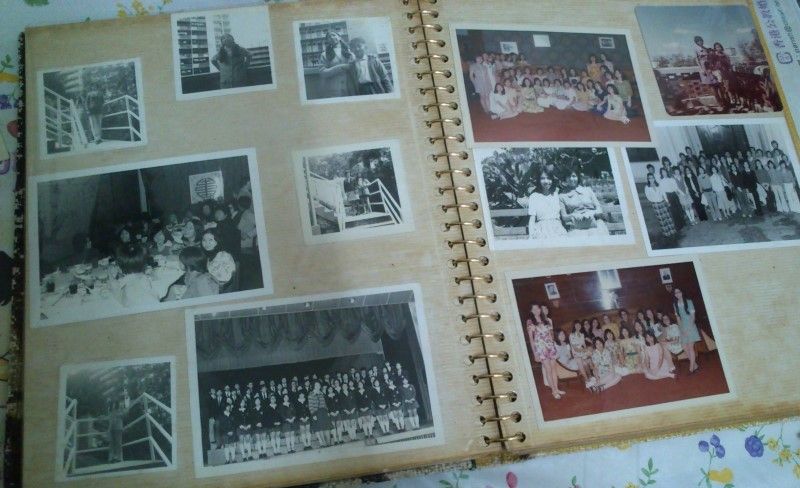
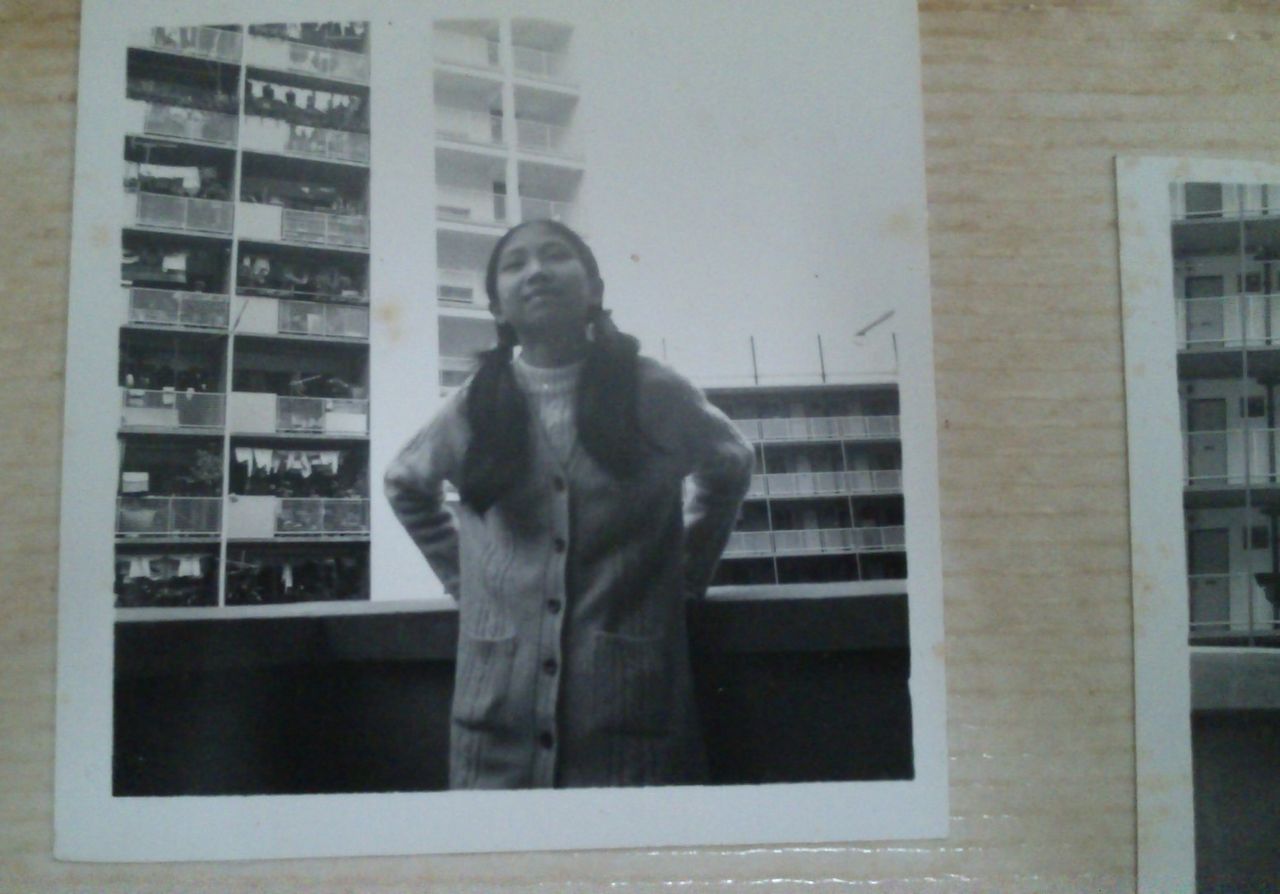
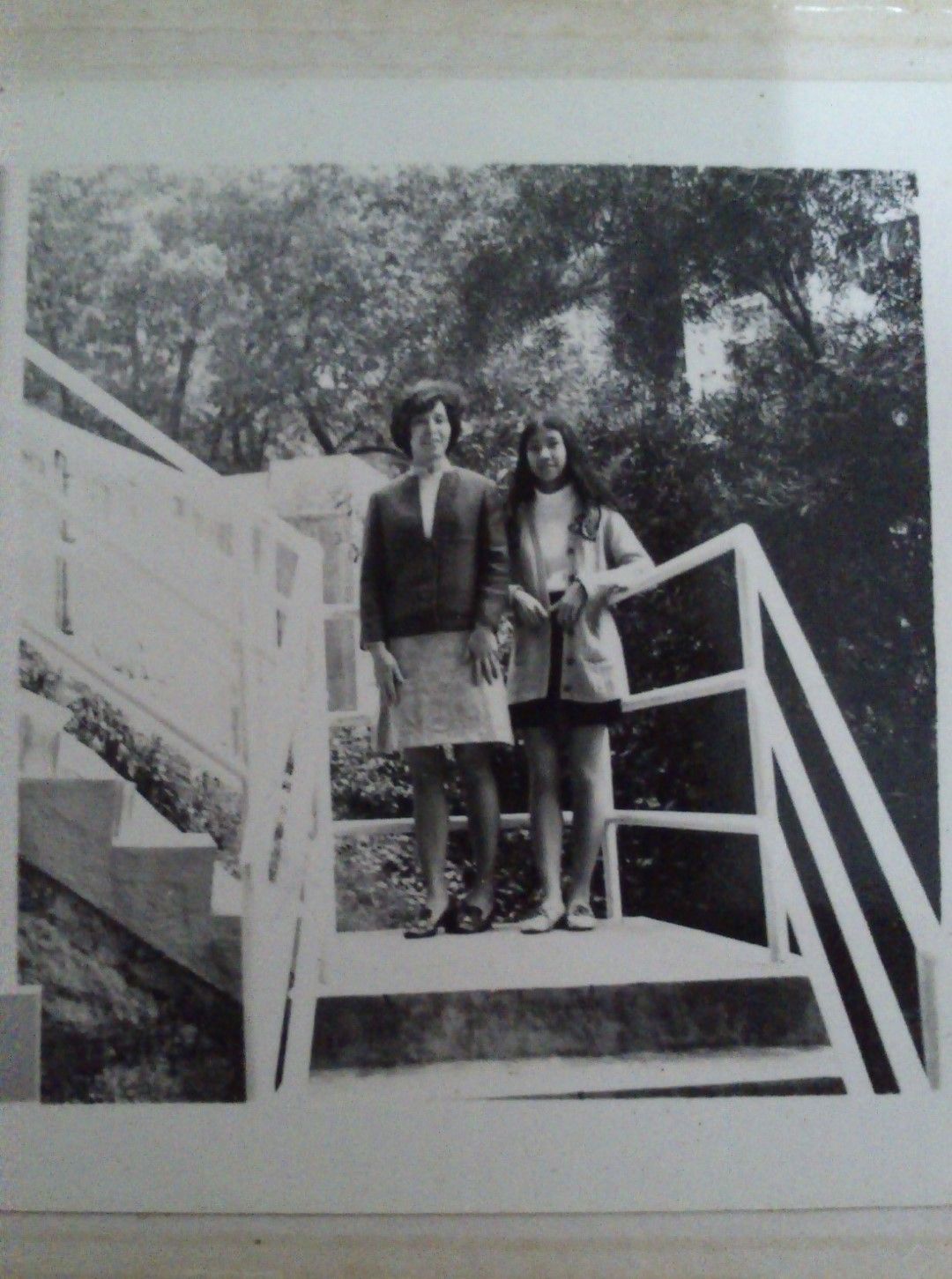
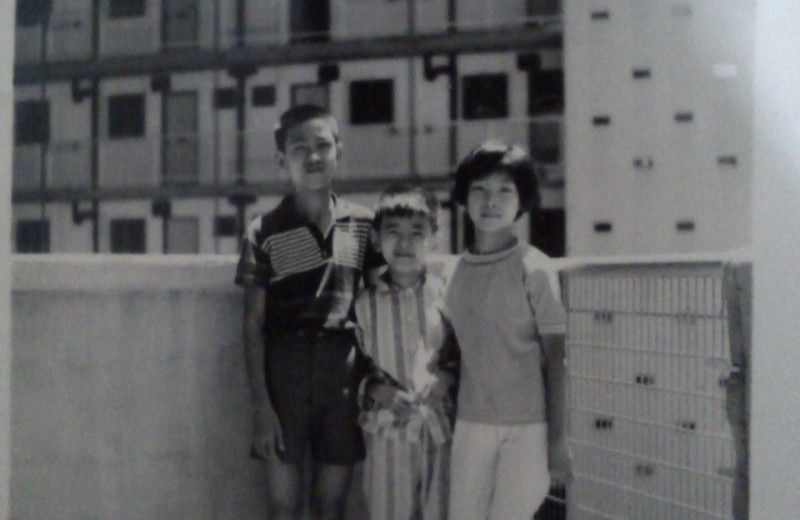
We made long hours every day. I applied to live in Sai Wan Estate because it was close to the pier. When I had to work until midnight I could still walk home.
Mr Liu used to work as a manager at Nam Pak Hong Trading House, responsible for cargo handling at the pier. He shipped green tea to Africa, black tea to Britain, and both red and green beans as well as black-eyed peas to Japan. “We made long hours every day. I applied to live in Sai Wan Estate because it was close to the pier. When I had to work until midnight I could still walk home,” he explains. Moon Jeh made plastic flowers to supplement her husband’s income. At the time, plastic was the third-largest industry in Hong Kong, and the British colony emerged as the world’s leading producer of artificial flowers. “A dozen of them earned 30 cents, which would buy a full meal for the whole family,” Moon Jeh remembers. “My children were good, they helped to make the flowers.”
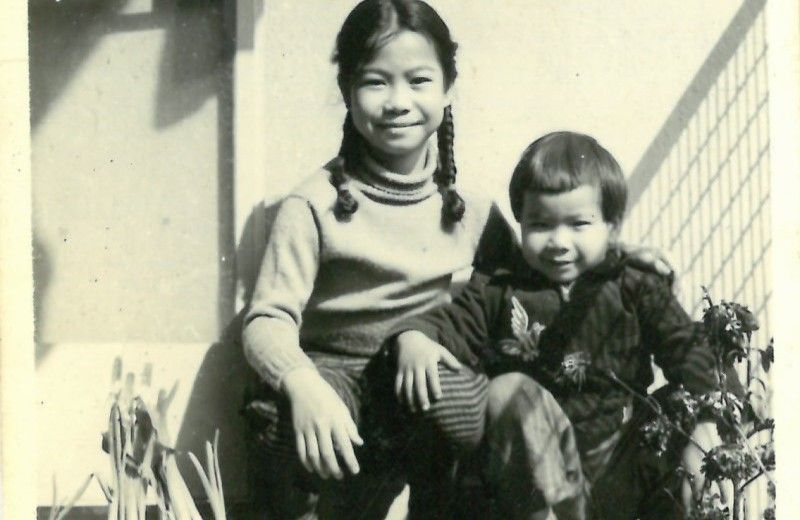
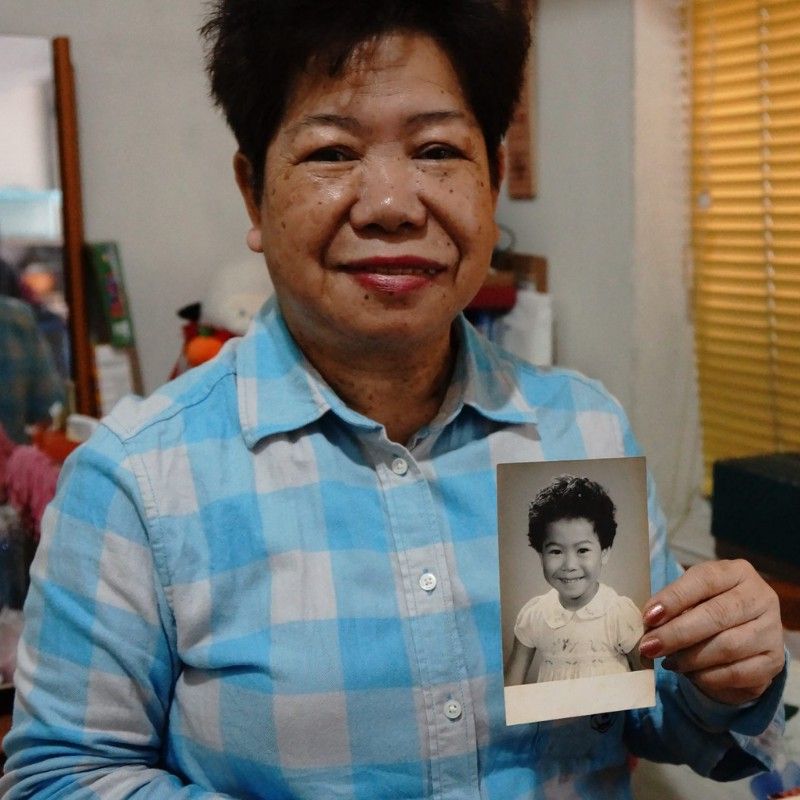
Just like the Liu’s, Maria has called Sai Wan Estate home for nearly six decades. She grew up here, sharing an apartment with her parents, grandma, sister, brother-in-law, and their baby. “I grew up doing all the chores. I was the ‘laundry girl’: I had to wash everyone’s clothes by hand. When I was done my grandma would treat me to an ice pop.”
Like many Hongkongers of her generation, Maria vividly remembers the water shortage during the 1960s, which was caused by the city’s rapid economic growth and population expansion. At the peak of Hong Kong’s water crisis, in 1963 and 1964, water was only available for four hours every four days. Often times, the water pressure was so weak the supply didn’t make it to the upper floors. “The water could barely reach the 10th floor and we lived on the 12th floor, so I had to go down to the basement to fetch water and carry buckets upstairs,” she recollects.
The water could barely reach the 10th floor and we lived on the 12th floor, so I had to go down to the basement to fetch water and carry buckets upstairs.
Maria explains the special relationship with her neighbours. “They’re great. We have around 20 families on a corridor, and you run into them all the time. No one minds if you walk into their place, which makes it feel like you have much more space. Everyone is very nice here, especially the grannies, they’re so friendly and caring. Their generation came to Hong Kong to take refuge. They remember the days when everyone was poor, and when you had to share one phone line with the whole floor.”
When Moon Yeh recalls the early days of Sai Wan Estate, the first thing that comes to mind is rats. Nearly sixty years later, the memories of the creeping little creatures still bring a frown to her face. “We had to clean the floors and wash the beds often because it was filthy. There were just so many rats. When we moved in here, I was scared of them. We always had the doors open, so they’d just come in from the corridors or through the pipes. The floor was bare concrete, so we invested in tiles and wallpaper, but they didn’t last because we live on the lower floors and it was always damp. But then again, we couldn’t complain: the rent was only HK$99 per month. Today, we have to pay HK$1,400. You can’t even rent a storeroom for that money anywhere else!”
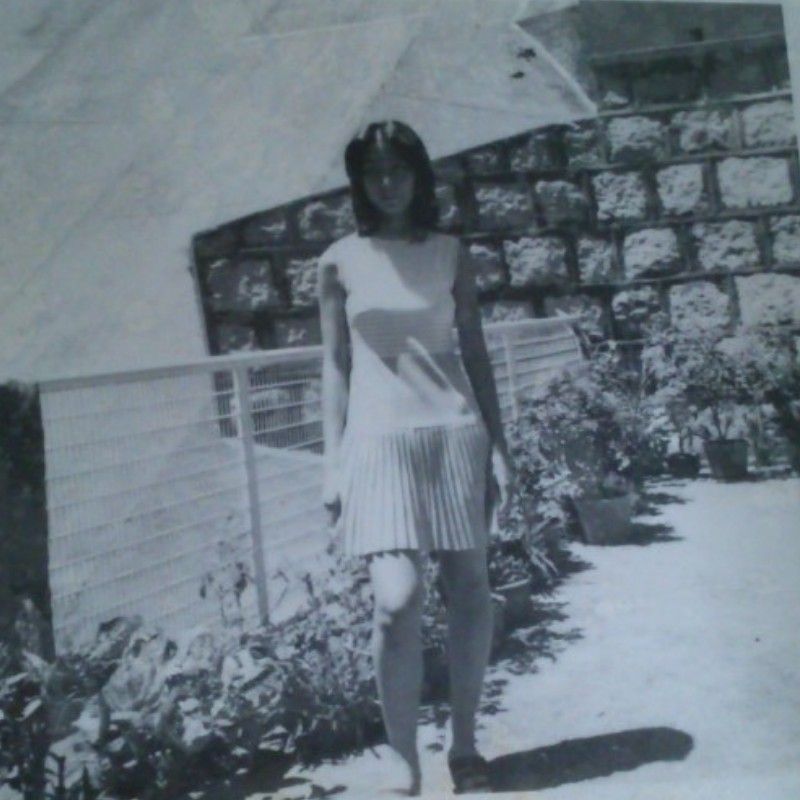
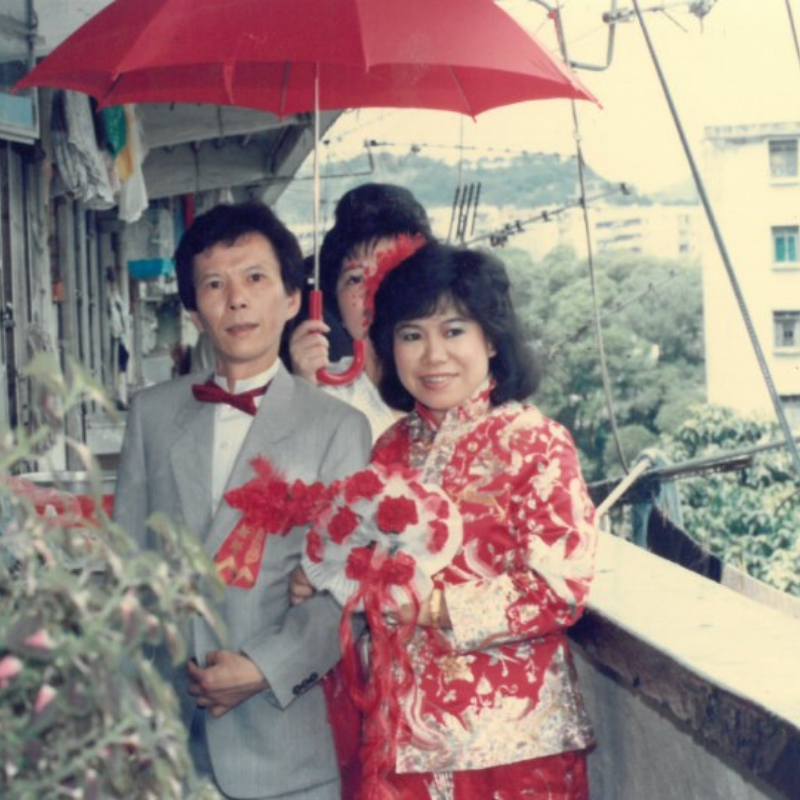
Humidity wasn't the only worry in the lives of the estate’s residents, as per Auntie Chung’s memory. “When I first moved in, I didn’t realise there was a chicken market nearby. It was right opposite my terrace and the noise started at 3 am every morning!” she exclaims. “Since it’s gone, life’s much better.”
As of today, most of the elderly residents are content living in Sai Wan Estate. “I wouldn’t want to be anywhere else now,” says Uncle Lam. Sai Wan Estate has single rows, it’s bright and open, and the air ventilation is great: we get fresh air and wind.”
Some of us have lived here for more than 50 years. We’re all too old to get used to a new neighbourhood, we wouldn’t know how to get home.

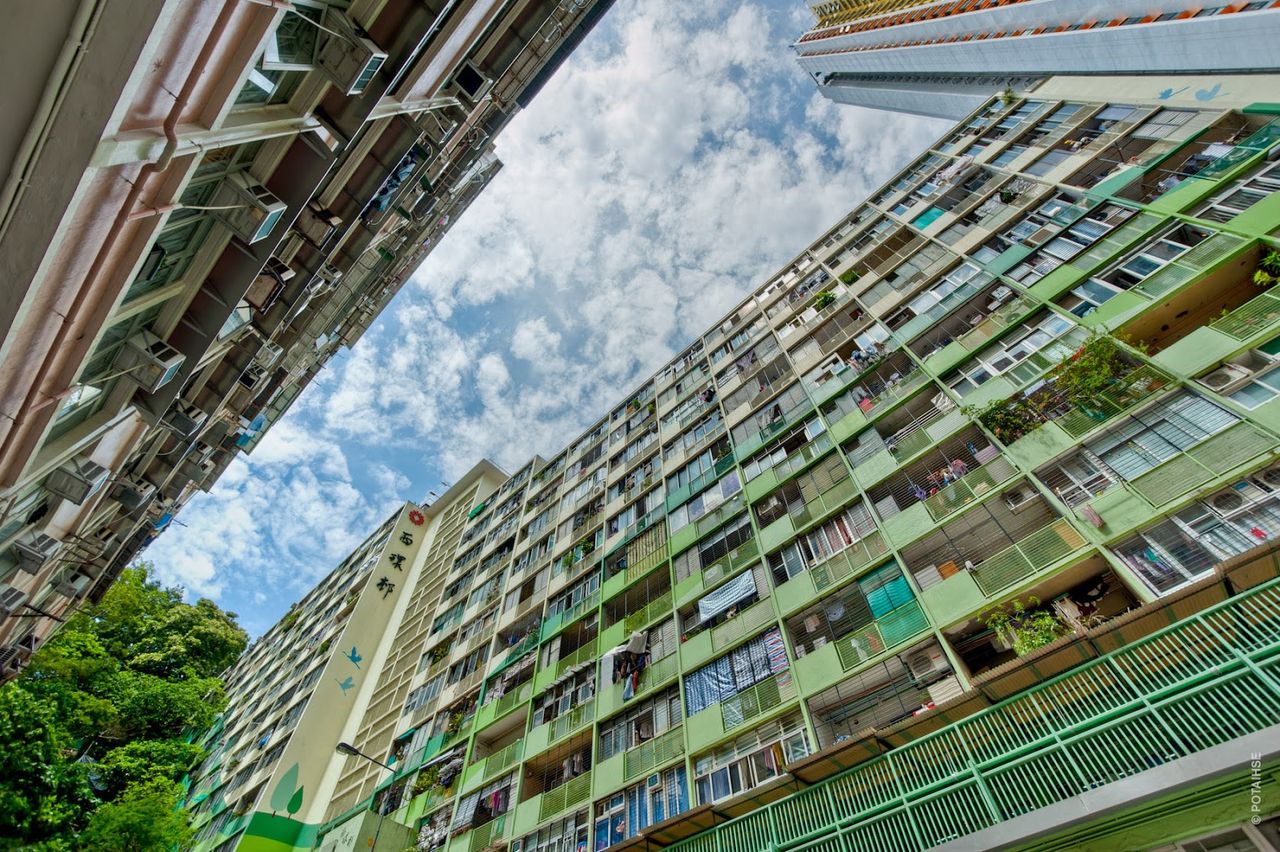
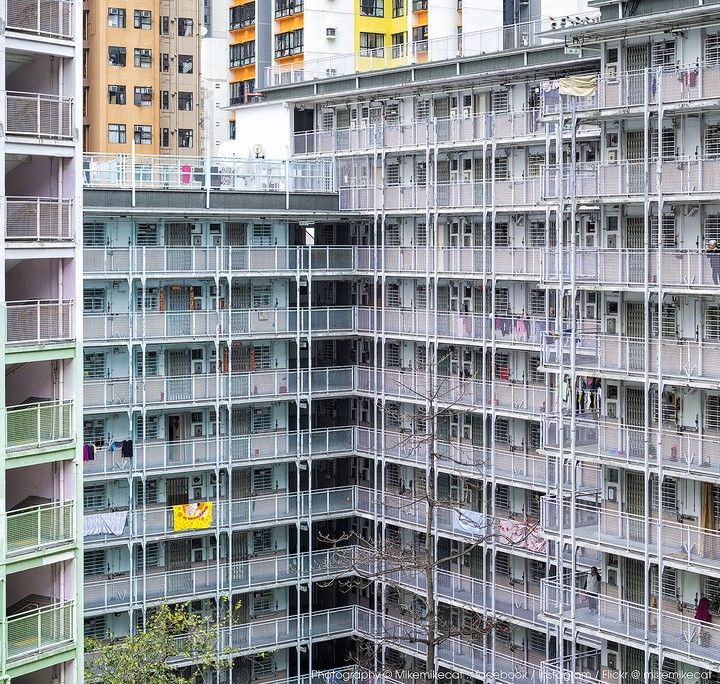
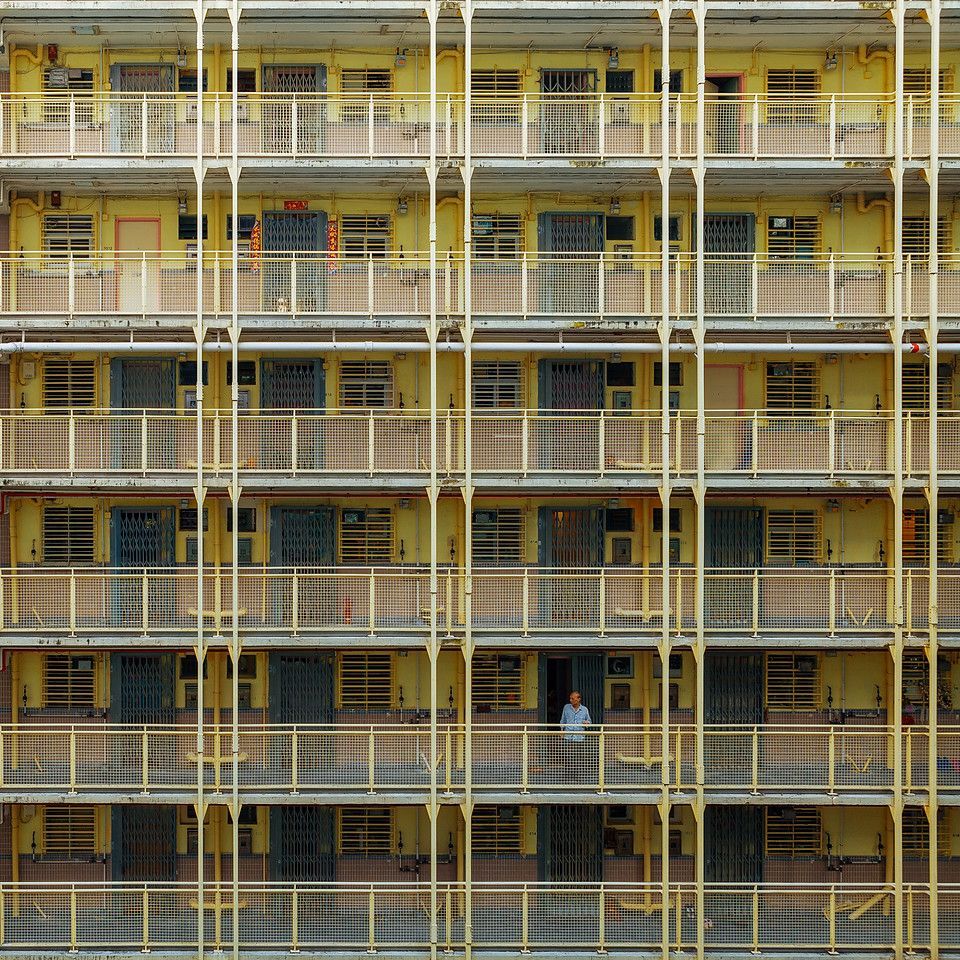
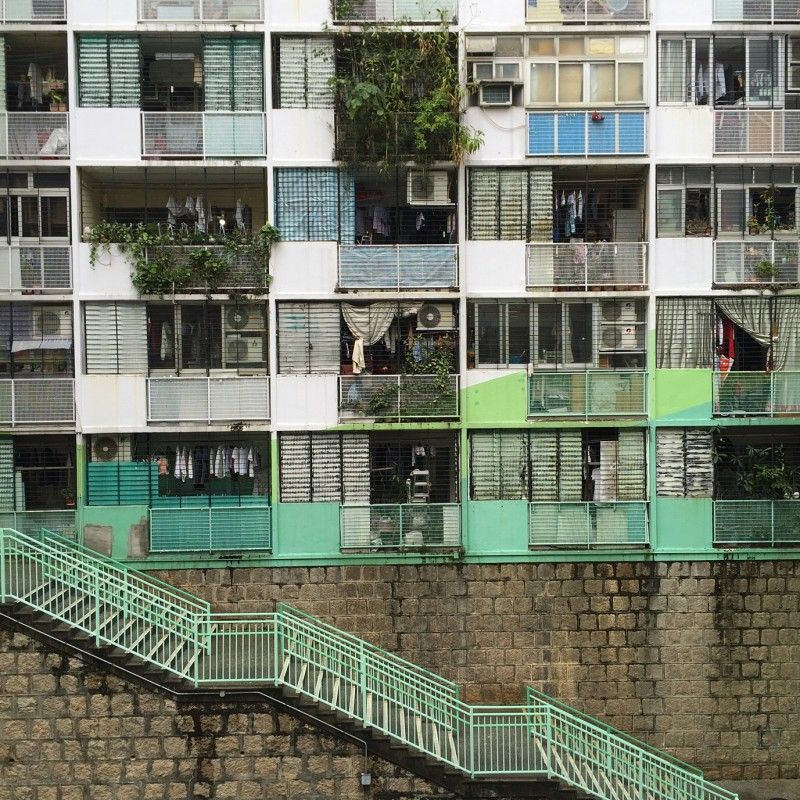
There have been rumours about demolishing the ageing public housing estate. Like Uncle Lam and many of her other neighbours, Auntie Chung doesn’t want to move out. “Some of us have lived here for more than 50 years. We’re all too old to get used to a new neighbourhood, we wouldn’t know how to get home. There aren’t a lot of us here, so they’d better build a new block to settle us if they are going to demolish the buildings.”
“Everyone started to think about applying for the Housing Authority’s interest-free loan and move,” adds Mrs Wong. “But I hope that we can stay here, and have the next generation move in.”
But I hope that we can stay here. Sai Wan Estate has single rows, it’s bright and open, and the air ventilation is great: we get fresh air and wind.
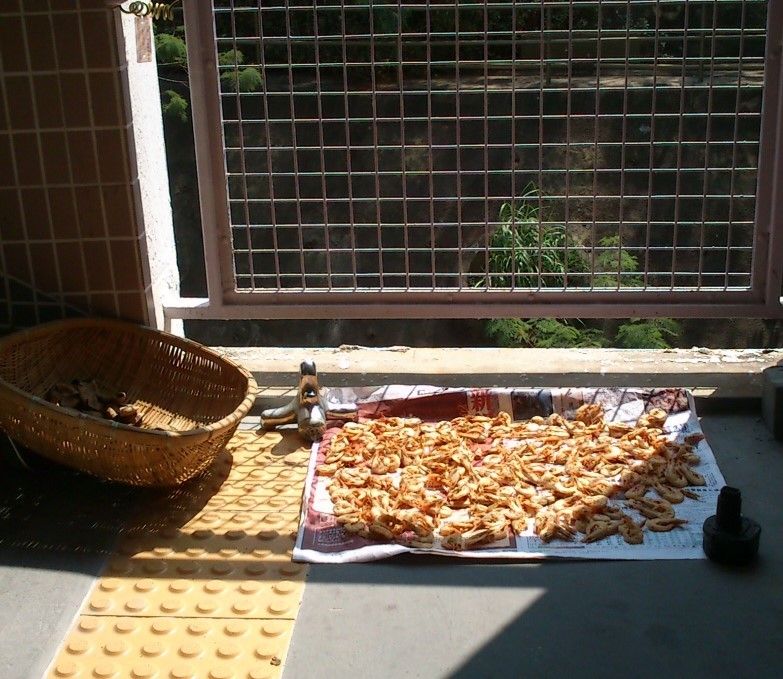
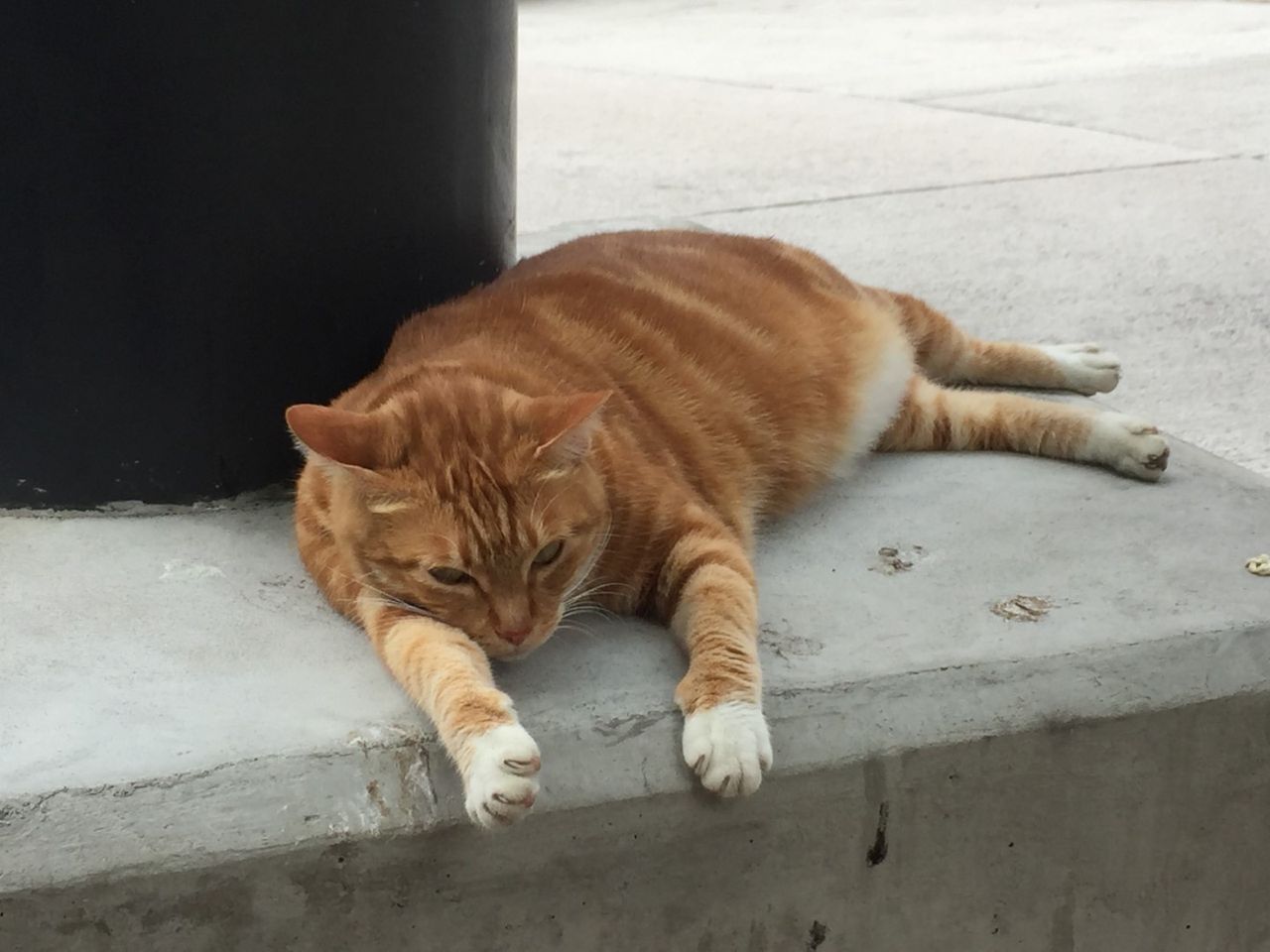

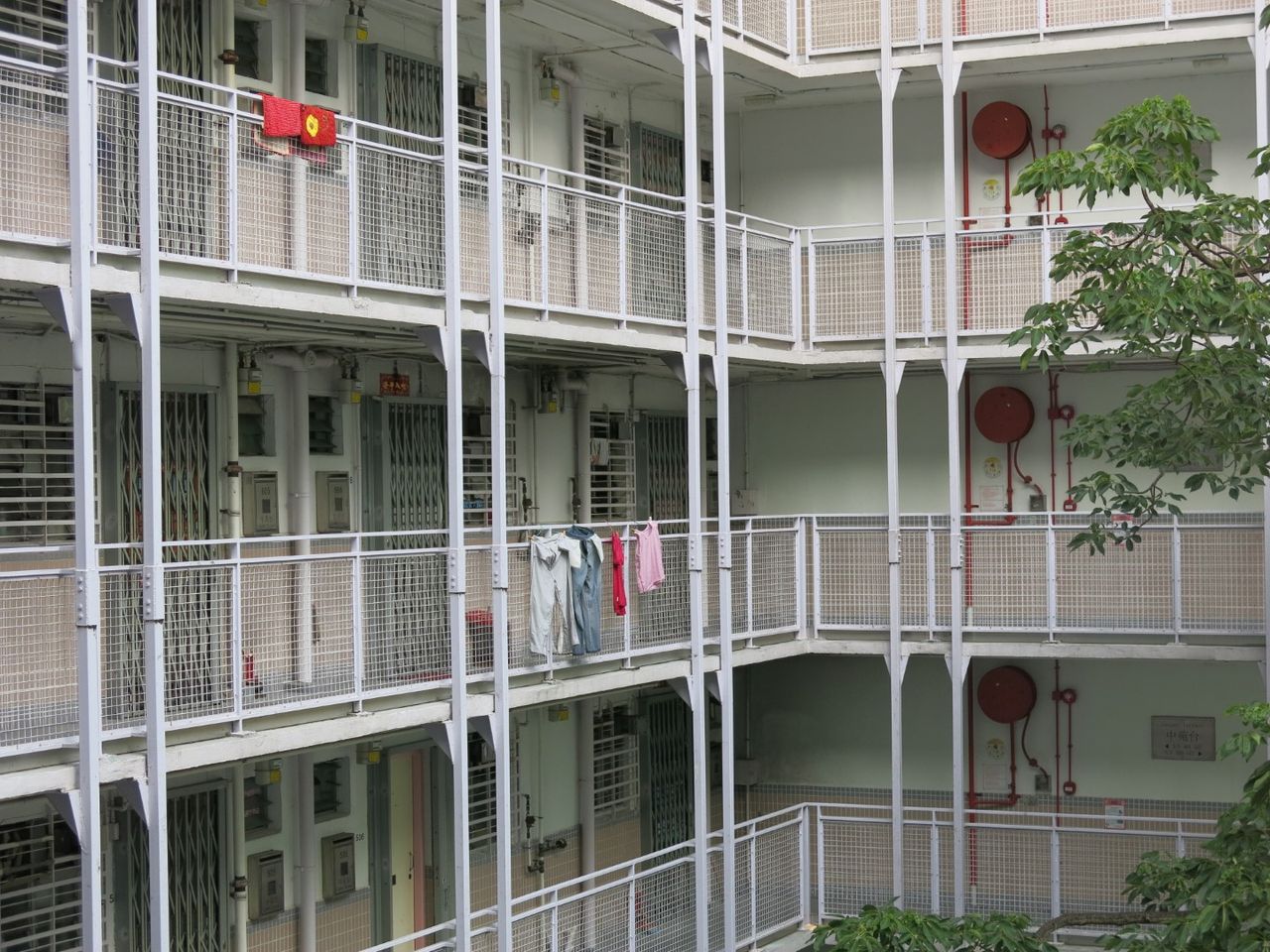

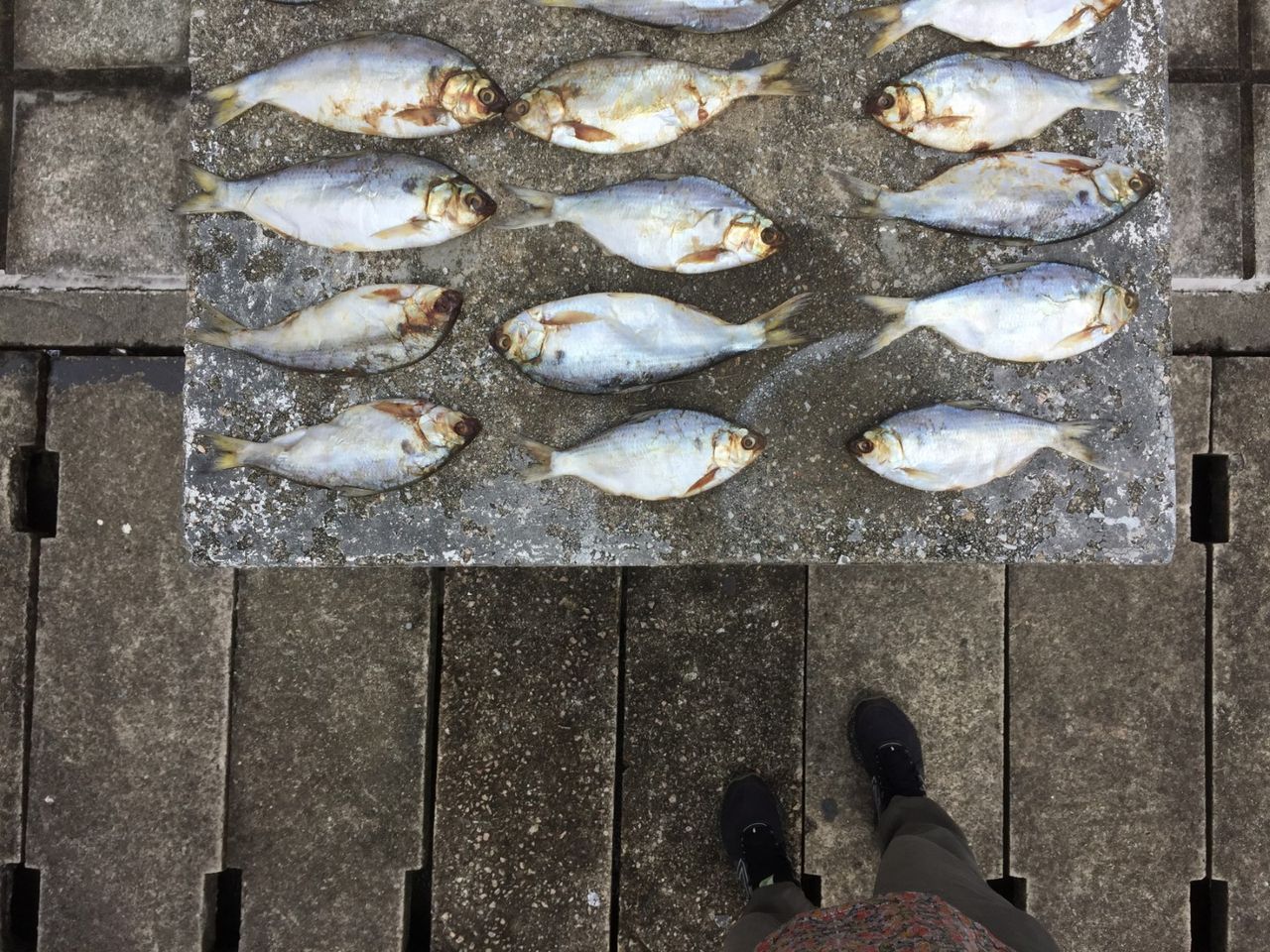
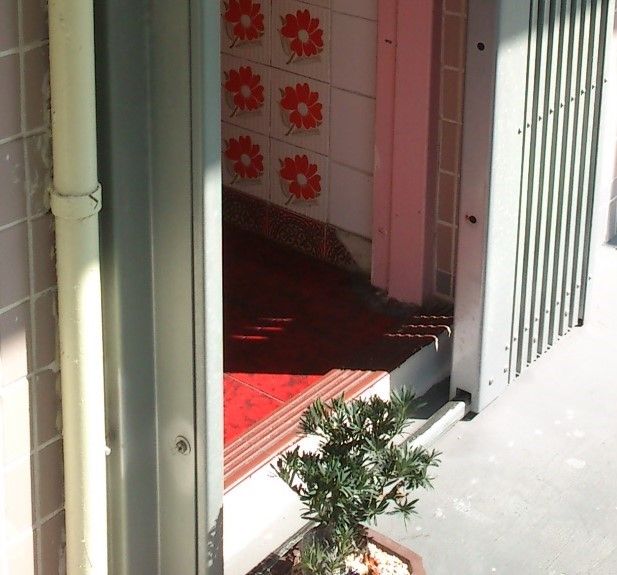
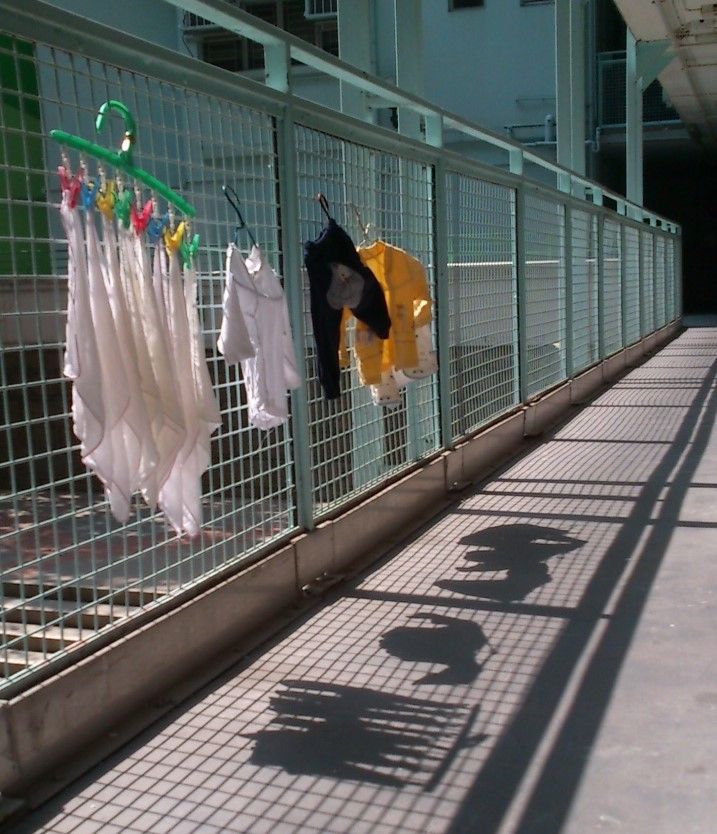
Editor’s note: *Mr. Liu passed away in 2017. We thank Mrs Liu for allowing us to share Mr Liu’s story.
Explore Sai Wan Estate and Kennedy Town
These stories were collected by Caritas Mok Cheung Sui Kun Community Centre and iDiscover, and exhibited at Little Creatures, a popular restaurant in Kennedy Town. Do you want to explore the neighbourhoods hidden gems, popular local hotspots, and surprising sites - curated with the help of locals - and learn more about the area’s history? Try the digital walking trail or download the free illustarted map of Kennedy Town.
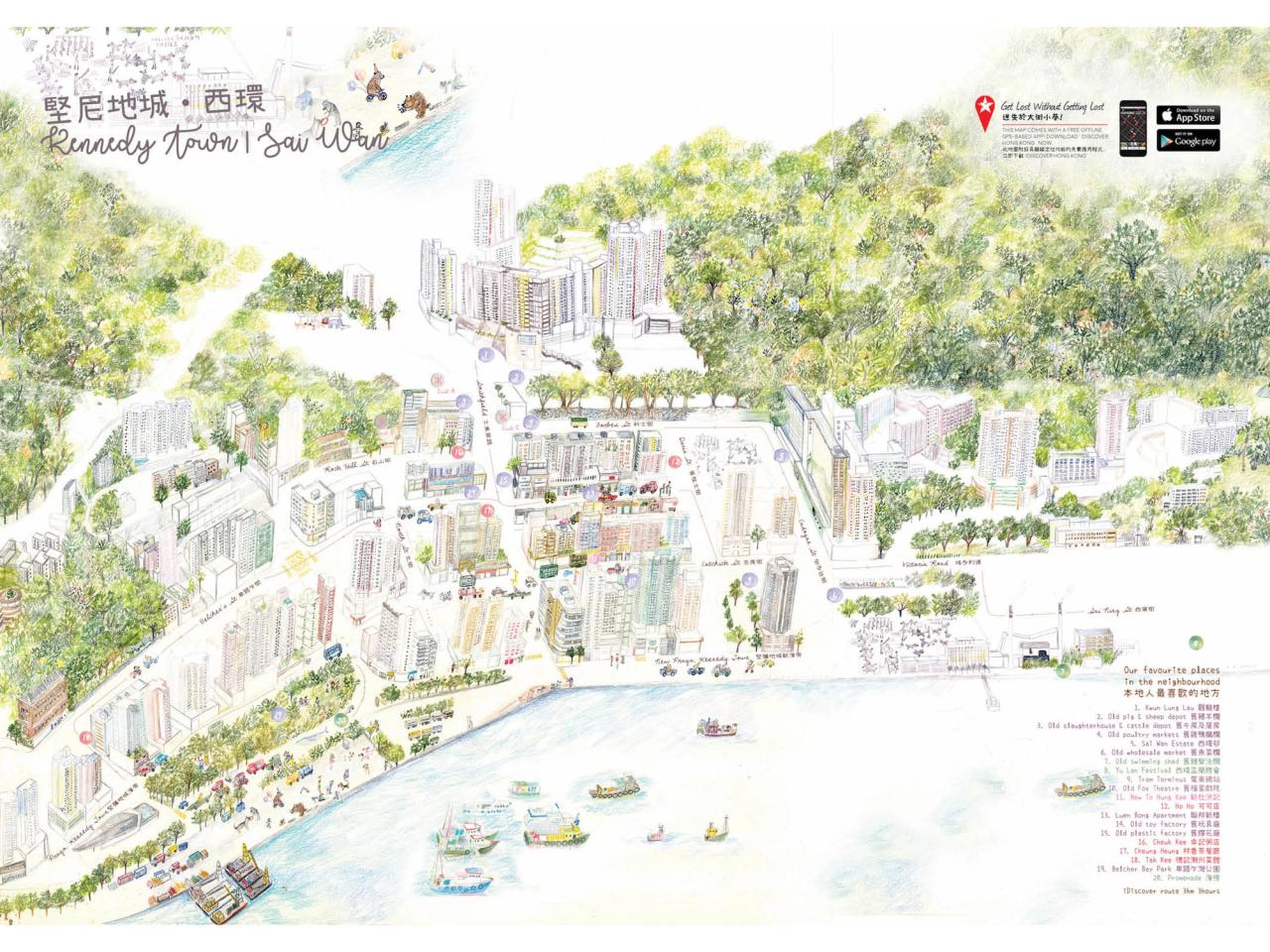
Credits
Created by

Powered by

Designed by

About
Caritas
Caritas MCSK Community Centre started serving Western District in 1964, and aims to build up community identity and a sense of agency. Through community engagement and developing self-help network, and with Sai Wan people's strength and capacity, it is hoped that Sai Wan will become a resilient community, where the quality of life is enhanced. 明愛莫張瑞勤社區中心,自1964年起服務港島西區。中心致力扶助弱勢社群,發展個人及家庭才能,提倡自助互助精神,促進區內居民集體參與, 改善生活質素,培養社區共同身份,推動鄰里和合,建立社區柔韌力量。
mcskcc.caritas.org.hk/public/modules/main_page/index.htmGrosvenor Grosvenor
Grosvenor Asia Pacific is an investor, developer and asset manager active in Hong Kong for over 20 years. Our purpose is to deliver lasting commercial and social benefit; applying our expertise with a far-sighted perspective to improve properties and places while delivering positive impact to communities. 過去二十年,Grosvenor Asia Pacific活躍於香港物業的投資發展及管理。高瞻遠矚的目光及長年積累的專業讓我們持續創造社會及經濟效益,發展物業並改善周邊地區,為社區帶來正面效益。
www.grosvenor.comMaoshan Connie Maoshan Connie
Maoshan Connie is a map and children's book illustrator, passionate in exploring and documenting all the secrets and stories of this ever-changing city. She believes that maps should not just show roads, but also hidden alleys, footpaths and beautiful encounters that make up a city. Every handmade map is full of memories and love, created to share with other curious explorers. 畢業於英國劍橋大學主修兒童文學的貓小姐專門繪畫地圖及兒童繪本。她相信每張手繪地圖都該展現城市中的小故事、小人物、樹木及回憶等,而不單只是車路高樓。每張地圖都好像一本故事書般,是畫家跟其他好奇的探險朋友充滿愛的分享。
www.studiomaoo.com